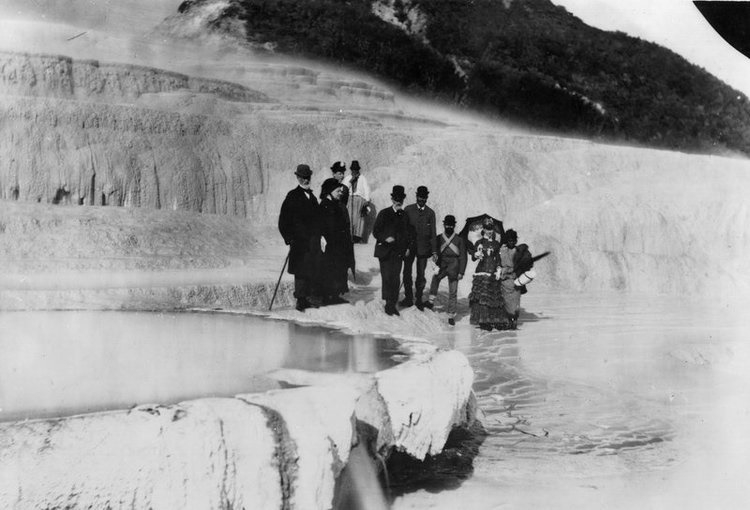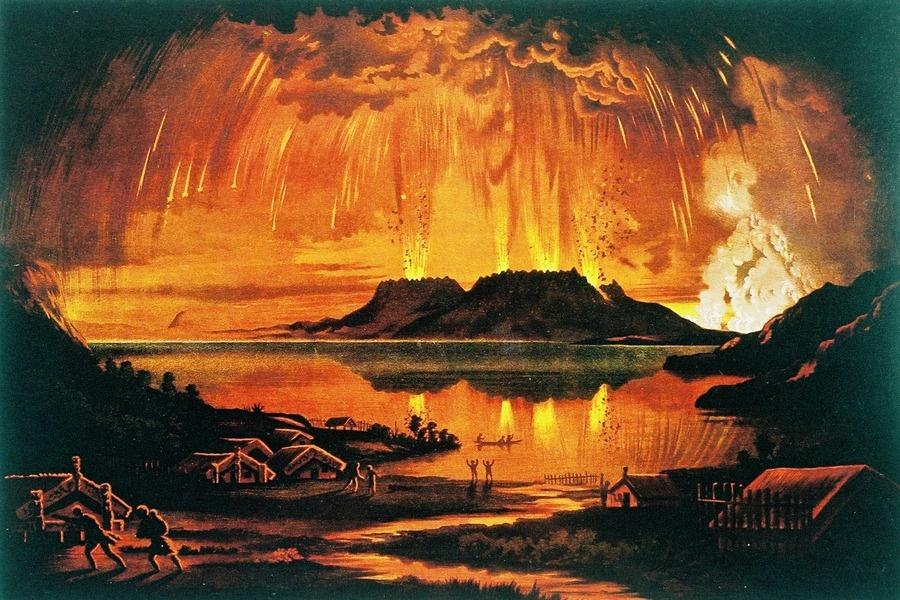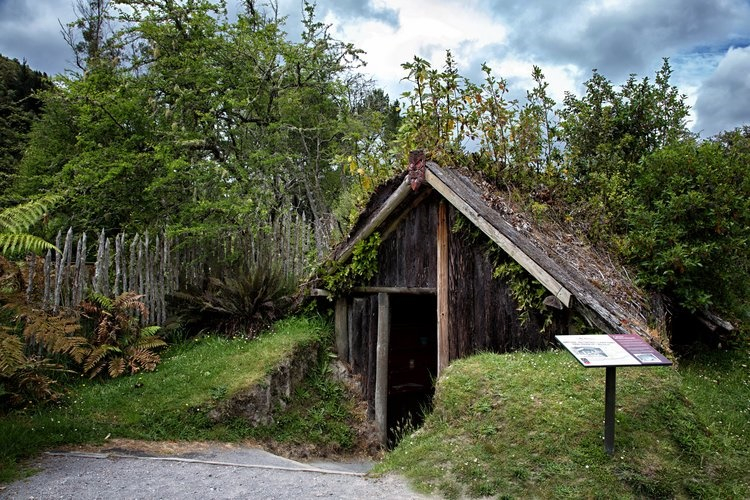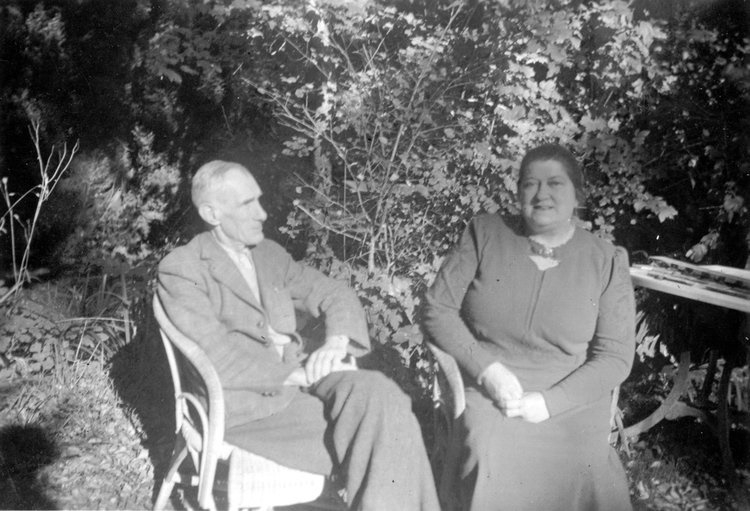The Buried Village of Te Wairoa launches new website
We are very happy to share this news with you. We have now launched our new website and everyone here at the Buried Village is very excited to have this remarkable online representation that shows this major tourist attaction in it's true and unique way.
In the coming months we will cover a range of interesting topics and fascinating stories that will take you on a journey into the history of one of New Zealand's most famous and treasured tourist attractions.
You can relive through our stories, the history of one of New Zealand's greatest natural disasters and discover treasures and a rich cultural history.
The diverse and incredible experience of a visit to the Buried Village is one that everyone can share and enjoy as there is something for everyone, young and old. You can wander around at your own pace soaking up the beauty of the grounds and taking advantage of the many photo opportunities that abound, to remember your experience.
Here are just a few of the many adventures you can experience on a visit to the Buried Village.
The Pink and White Terraces
Described as the eighth wonder of the natural world the Pink and White Terraces were buried and completely destroyed on the night of the eruption. They were New Zealand's first and most famous tourist attraction. Visitors from all over the world braved the adventure of a ship passage of several months to get a glimpse of the Pink and White terraces. When their ship arrived they travelled overland for a rugged trip of 150 kilometers that would bring them to Lake Rotomahana. Here they were entertained with dancing and singing from the Maori villages living nearby who offered their services as guides and boatman in what became a flourishing tourist trade.
And then came the mighty eruption of Mt Tarawera on the 10th of June 1886 at 3am... and the Pink and White Terraces were destroyed forever.
This was New Zealand's most violent and destructive volcanic eruption in recent history. Sitauted about 30 kilometeres from Rotorua in the rich volcanic-thermal area of the North Island the eruption caused approximately 153 deaths.
However, in February 2011 the Pink and White terraces were back in the news...
Researchers, hoping to discover the whereabouts of the destroyed Pink and White terraces were in luck. They discovered part of the Pink terraces and another section of the white terraces on the 125th anniversary of the Mt Tarawera eruption. Scientists continued with their probing of Lake Rotomahana and it was later confirmed that about three quarters of the Pink Terraces had remained intact. Not so for the White terraces as their fate is a little less certain as they were situated in the part of the lark that had been significantly disturbed by the eruption.
It's very unlikely that anyone will ever see the 'eighth wonder of the world' again as the terraces remain hidden with the secrets of the past 60 metres below the lake surface.
The eruption of Mt Tarawera
Rumblings in the ground along with earthquakes and the strangeness of creeks emptying and refilling were all indications of something more sinister going on. Lake water levels rising and falling and other strange happenings like the group of Europeans with their Maori guides reporting a sighting of a canoe appearing in the distance on the lake. As they watched the canoe approach it suddenly vanished before their eyes... although everyone had seen it. To Maori it was an omen of impending danger and death and their worst fears were confirmed on that fatal night of June 10th, 1886 when the lives of many would change forever. Lake Rotomahana exploded to more than twenty times it size and a new water level emerged that was 40 metres higher.
Violent and unexpected, the volcanic eruption of Mount Tarawera during the early hours of this historic day was one of New Zealand’s greatest natural disasters…
For more than four terrifying hours, rocks, ash and mud bombarded the peaceful village of Te Wairoa. As well as ending more than 150 lives and many livelihoods, the eruption destroyed the eighth wonder of the world, the Pink and White Terraces, and buried the staging post for travellers to the terraces, Te Wairoa Village, under two metres of thick volcanic material. In the gloom of the day the wreckage of the hotels and houses, and the burial of 8,000 square kilometres of countryside brought awe and dismay to survivors and rescuers.
A little history of the Buried Village
The Buried Village of Te Wairoa now owned and run by Pam and Pat McGrath who are third generation members of the original family who purchased in 1931, is a time capsule of life in pioneer New Zealand. The Buried Village today comprises several hectares of tree-lined fields in which major sites of the vanished village have been excavated. Excavated buildings lie scattered throughout the now peaceful pastures of the Buried Village. Several excavations are complete with artefacts recovered from the site. The village, although now peaceful and green, still reveals the devastation of the eruption. Walk amongst the village and enter the very sites that once housed the people of Te Wairoa. The people are gone but the spirit remains - you can just feel it!
The Buried Village Museum
Our museum sets the scene where you can encounter first-hand how the Tarawera eruption drastically changed the land and lives of the people of Te Wairoa. Excavation of the ruins of Te Wairoa has revealed a wealth of detail about how the people lived. Relics are displayed in the museum at the entrance to the Buried Village. As the eruption occurred at the height of the Victorian period, the displays show how Maori and European cultures were integrated during an important phase in New Zealand’s social development.
Take the waterfall trail and prepare to be impressed….
Te Wairoa stream springs from the Green Lake and runs along the edge of the Buried Village on its way to Lake Tarawera. The walkway runs past several historic features, including a Maori storehouse, a canoe prow, cannon and trout breeding pools, to a waterfall. Be thrilled by the descent to the base of the 30m Wairere Falls, and stand in the spray of the powerful waterfall as it thunders to the valley below. You will be in awe as this magnificent waterfall as it truly is something of wonderment.
The Tea House
Fire, the Great Depression and two World Wars – Vi's Teahouse at the Buried Village has survived the effects of these ordeals and withstood the test of time since its inception in 1910. The façade of the tearooms may have changed, but the essence of this very special place has remained.
Vi and Reg Smith (pictured below), who arrived at Te Wairoa in 1931, 45 years after the spectacular eruption of Mount Tarawera, were intent on surviving the depression. With help from their sons that began to clear the land for farming. As visitors began to arrive, Violet made delicious Devonshire teas and scones. Sons Basil and Dudley picked blackberries for jam, and milk from the resident cow Darkie was turned into butter and cream.
Today the Devonshire Teas are just as renowned as they were in earlier times. There’s also excellent coffee and a selection of delicious cakes, slices and sandwiches. The tea garden, set in tranquil native bush offers visitors the option of dining outside and being serenaded by the native bird life. A playground keeps the children happy while Mum and Dad enjoy relaxing over a coffee.
There are so many wonderful things of interest to see and do here at the Buried Village and this is just a small sample.
We look forward to having you visit our site as we share news and events, upcoming activities for families, special days and lots more.












Connect with Us
Facebook YouTube Instagram Tripadvisor Blog Email